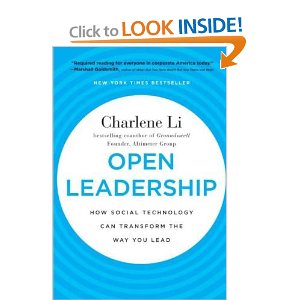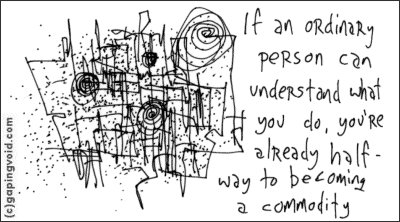As I am currently transforming from ‘Employee’ to ‘Self-Employed’, which is not an easy moment, I now realize there is a further wide gap between ‘Freelancer’ and ‘Entrepreneur’! That’s quite a lot to overcome!
As Seth Godin clearly defines,
“A Freelancer is someone who gets paid for working.That means, the more you work, the more you get paid.
An Entrepreneur gets paid while they sleep. They build a business bigger than themselves, and she gets paid even if she is not there”
Right. That’s clear. I want to be an Entrepreneur. So how do I avoid, in effect, to be a Freelancer?
Now the difficulty is that when you start a consulting company like me, in a more or less bootleg fashion, you effectively start as a Freelancer. I am right now preparing to start my company, discussing some potential contracts: at the beginning, people hire you because they know you and what value you can bring to their organization. They would even like to get 100% of your time and attention! Yet, I definitely want to build a real consulting company with a brand, products, scalable activity, leveraging on the different talents of people working in an organization. So, at some stage I definitely want to transform as an Entrepreneur.

I have chosen to be an Entrepreneur. Yet, I now know I will need to go through the stage of the Freelancer and resist the temptation to stay in the relative comfort of the situation to move further.
That’s not going to be easy. It will require relentlessly working on the brand and on designing scalable products. Effective scalability will ultimately be the test of entrepreneurship.
There is a gap between Employee and Freelancer. It is mainly a psychological gap; I am right now going through it and it is not fun every day (see the post “Beyond Fear“). There is still another between Freelancer and Entrepreneur. It is a scalability gap. It will also not be easy.
I have decided that instead of dealing with everything at the same time, it is probably better to tackle these two gaps one after the other. That’s what I have decided to do – so I’ll look for Freelancer-type projects in the first six months, keeping them less than full-time – keeping in mind that the ultimate goal is that of an Entrepreneur.
What do you think? Is that the best strategy?








